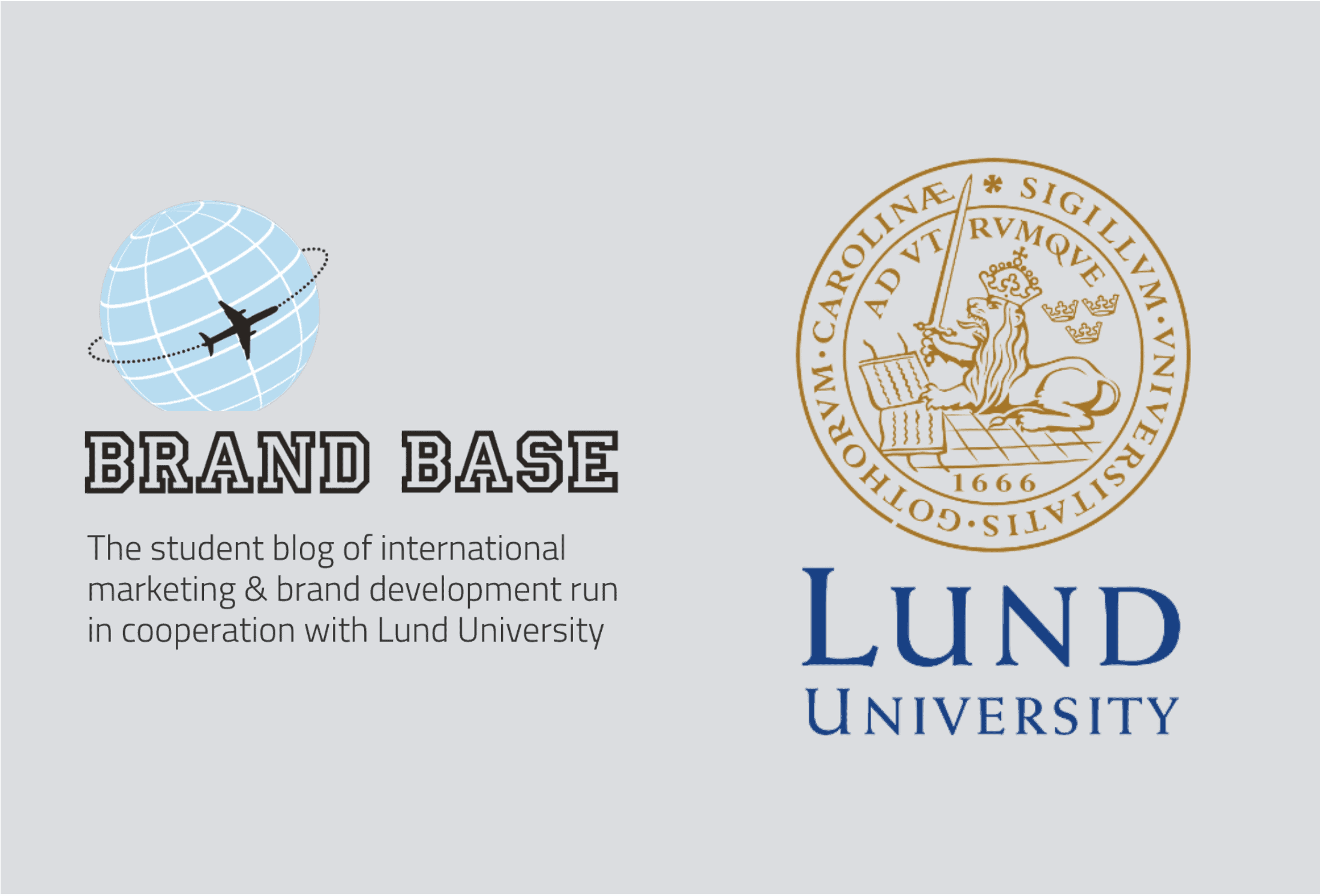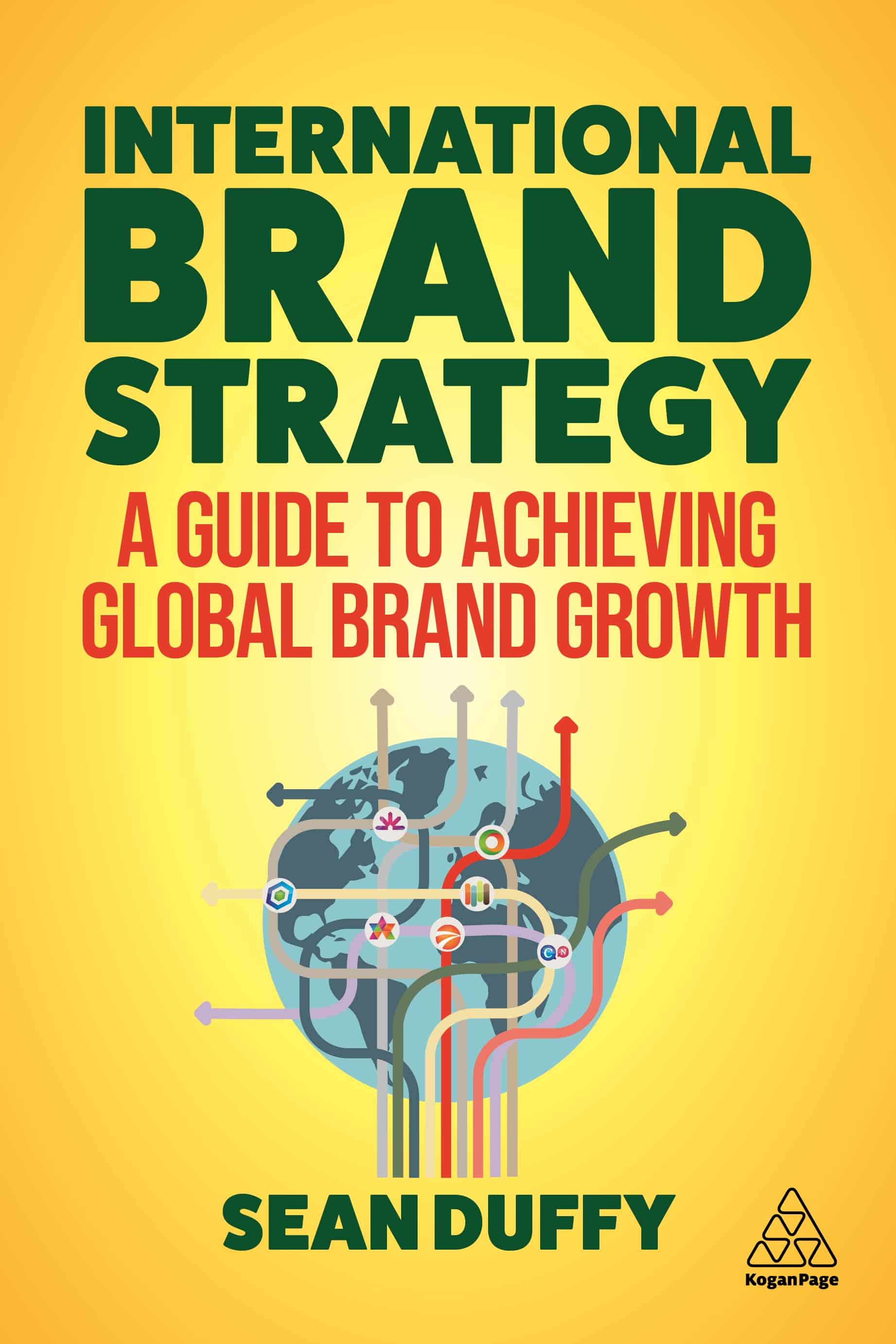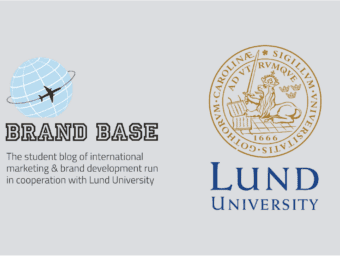#TRAVELGRAM: The effect of Instagram on traveling
Four reasons why Instagram is influencing our travel behavior ...
29 Feb 2024 7706 Views
Written by Nowak Eva-Maria
“I see a photo of a place and I instantly want to go there = trip booked, decision made” (Saward, 2015)
Have you ever seen a picture on Instagram and your first thought was that you would love to travel there? If your answer is yes, you are probably not the only one, because a recent study by Schofield’s Insurance found that 40% in the ages of 18-33 years are choosing their travel location based on the Instagrammability (how worth is it to post it on Instagram) of the location (Hayhurst, 2017). For example, if you are searching for the #travelgram on Instagram you can find more than 80 Million travel pictures which show breathtaking and spectacular photographs from around the world. Who would not love to go there, right? In the following post I want to outline the main reasons for this #travelgram hype and further demonstrate the effects #travelgram can have on tourism.
THE POWER OF INSTAGRAM:
Instagram was founded in 2010 and expanded in only 8 years to one of the most influential photo sharing platforms. Currently, Instagram has 800 Million active users per month, which share around 95 Million pictures each day. So, are you still surprised that Instagram is influencing you? One more fact – did you know that we are spending around 1 hour and 40 minutes per day on social media? If not, the reason is probably because you are already so used to checking your phone several times per day. We are doing this most of the time unconsciously and so, as a result, we are influenced by Instagram mostly unconsciously (Carroll, 2017).
If we are coming back to the #travelgram another interesting fact is that traveling is one of the top three followed contents on Instagram. 63% of all people on Instagram are following Instagrammers who are posting travel content. That is quite a lot (Momentum Social Blog, 2018). Even though not really surprising, because in the last 10 years tourism continuously increased year by year and that is mainly because traveling is something which is more affordable nowadays (Karsten, 2018). Of course, if we can afford it, we also want to keep in touch with the most fantastic vacation goals. Consequently, social media has a crucial role in tourism and especially on our travel behavior these days. The shared information by other users on Instagram is an important information source in our planning process and have a significant effect on our travel location (Varkaris & Neuhofer, 2017; Zeng & Gerritsen, 2014).
4 REASONS FOR #TRAVELGRAM
The next question in this #travelgram hype is, what are the reasons behind it? I want to explain why #travelgram has such a successful influence on others:
- Simplicity of #travelgram
If you are thinking 10 years back, how did you choose your travel location and what were your main key decision drivers? Your answer probably consists one of the following words: magazines, events, tourism office, costs, sightseeing opportunities and local cuisines, right? However, nowadays experts are sure that the Instagramability of a location is beating all these factors, as the study of Schofield Insurance already showed before. More than a third are choosing their travel location based on its Instagrammability (Hayhurst, 2017; Smith, 2018). But how do you find out if it is really worth to travel there? With Instagram you have the possibility to search for information in real time and from around the world. You can do all the search from home with a simple app and the #travelgram in just a few seconds. The simplicity of searching in social media in comparison to traditional sources is one key success factor why more and more people are using this platform for inspiration (Chung & Koo, 2015).
- Trustworthiness of #travelgram
Obviously, trustworthiness is one of the major decision drivers during the travel planning. Studies confirmed that people trust User-Generated-Content (UGC) more than traditional information sources in their travel decision. People believe that posts from other users are more objective and unbiased in comparison to official tourism websites and mass media (Shuqair & Cragg, 2017; Varkaris & Neuhofer, 2017).
- The Bandwagon Effect
Another reason for the hype of the #travelgram can be explained by using the bandwagon effect. This phenomenon describes, using the example of traveling, that if more people are traveling to a specific place, the likelihood that you also want to travel there is increasing (Boley, Jordan, Kline & Knollenberg, 2018; Leibenstein, 1950).
An excellent case for this bandwagon effect is the Trolltunga in Norway. In 2010, around 800 people were visiting this stunning rock. A few years, later in 2016, around 80.000 people tried to hike to the rock – but you should keep in mind that this is a sophisticated 10 hours hike. Through the #travelgram and #trolltunga an enormous hype was created. Sadly, through this fame a lot of people also forget how dangerous some places can be and hence people died when they tried to get the perfect picture on the stunning rock (Karsten, 2018; Morris, 2015).
- FOMO
The last reason is FOMO (fear of missing out) which I would say, is also connected with the bandwagon effect. Nowadays, our society is always scared to miss something. With platforms like Instagram we see photographs of amazing locations – no surprise we also want to go there. Therefore, we want to be a part of the big swarm – the community – so why not travel there to take an instagrammable picture and then post it with the #travelgram. Although we know that these posts often do not show the real world but rather unrealistic moments, we still have the feeling we could miss out on something. This anxiety can also lead to more critical outcomes, like mental illness (Macmillan, 2017; Weiss, 2018).
2 EFFECTS OF #TRAVELGRAM
On the one side the huge influence of the #travelgram can have positive effects on the tourism in some countries but on the other side it is terrifying which negative impact Instagram can have.
- Tourism Increase
A good example of the effects on economy through social media can be seen in the town of Wanaka in New Zealand. With the help of influencers and their posts on social media the town increased their tourism to 14% compared to traditional marketing methods (Mitchell, 2016). Evidently, with the help of Instagram it is possible to infuse money into a region and it helps to create employment (Scott & Orlikowski, 2012).
- Overtourism
Nevertheless, there is also a negative side of this new trend. As mentioned before the #travelgram helps to make hidden places well known. However, we still have to keep in mind that these locations are surrounded by nature worth protecting. If too many people are traveling there, it can destroy the nature of beautiful places through overtourism. To make it more visible I want to give you an example on the following two stunning locations:
#Santorini
A must have for all travel influencers is definitely Santorini with its blue roof tops, white walls and the breathtaking blue ocean in the background. Nearly everybody has it on his wish list to take the perfect picture there. But do you really want to have the same picture as millions before you? Meanwhile the island has a huge problem with overtourism, because Santorini can’t handle that many tourists at once, they were forced to limit the number of cruises per day (Coffey, 2017).
#LagoDiBraies
Another breathtaking sight you will get at the Lago di Braies, once a hidden oasis in the middle of the alps in South Tyrol, the place became a mecca for herds of Instagrammers. However, the fame of this lake brings also a negative impact on the surrounding landscapes. During the summer around 7.000 vehicles are driving to the lake per day, creating massive traffic which destroys the environment. Consequently, during the summer months all roads are closed and the only ways to reach the lake are either using public transports or by foot (Feichter, 2018).
THE FUTURE OF #TRAVELGRAM
In this blog post we learned what a powerful role Instagram has, especially on our travel decision plans and how this hype is supported by the #travelgram. On the one hand, Instagram can be a valuable factor to find hidden places and interesting locations and hence can be a boost for tourism. On the other hand, we also saw the dramatical side effects this increase in publicity can have. It can even lead to dead, as we saw in the example with the Trolltunga, but it can also destroy the environment, like the examples Lago Di Braies and Santorini show. Do we really want to be a part of this? Probably not. So please keep this in mind for your next travel search – you can find inspirations with #travelgram but why not try a new, hidden, place nobody else has ever been before?
References:
Boley, B., Jordan, E., Kline, C. & Knollenberg, W. (2018). Social return and intent to travel. Tourism Management. [online] vol. 64, pp. 119–128. Available at: https://www.sciencedirect.com/science/article/pii/S026151771730184X [Accessed 24 Nov. 2018]
Carroll, D. R. (2017) Instagram. The Blackwell Encyclopedia of Sociology. [online] pp. 1–2. Available at: https://onlinelibrary.wiley.com/doi/full/10.1002/9781405165518.wbeos0986 [Accessed 18 Nov. 2018]
Chung, N. & Koo, C. (2015). The use of social media in travel information search. Telematics and Informatics. [online] vol. 32, no. 2, pp. 215–229. Available at: https://www.sciencedirect.com/science/article/pii/S0736585314000513 [Accessed 24 Nov. 2018]
Coffey, H. (2017). 10 TOURIST DESTINATIONS RUINED BY INSTAGRAM. Independent. Available at: https://www.independent.co.uk/travel/news-and-advice/instagram-ruined-tourist-attractions-beautiful-places-machu-picchu-santorini-holocaust-memorial-a7792386.html [Accessed 18 Nov. 2018]
Feichter, M. (2018). Ruiniert Instagram den Pragser Wildsee?. Unser Tirol24. Available at: https://www.unsertirol24.com/2018/10/17/ruiniert-instagram-den-pragser-wildsee/ [Accessed 18 Nov. 2018]
Hayhurst, L. (2017). Survey highlights Instagram as key factor in destination choice among millennials. Travolution. Available at: http://www.travolution.com/articles/102216/survey-highlights-instagram-as-key-factor-in-destination-choice-among-millennials [Accessed 19 Nov. 2018]
Instagram (2018a). all_things_drone. Available at: https://www.instagram.com/all_things_drone/ [Accessed 24 Nov. 2018]
Instagram (2018a). christinacherry. Available at: https://www.instagram.com/everywherewithcherry/?hl=de [Accessed 24 Nov. 2018]
Instagram (2018a). travelinladies. Available at: https://www.instagram.com/travelinladies/?hl=de [Accessed 24 Nov. 2018]
Instagram (2018b). thetravelsome. Available at: https://www.instagram.com/thetravelsome/?hl=de [Accessed 24 Nov. 2018]
Instagram (2018b). thetravellingnomads. Available at: https://www.instagram.com/thetravellingnomads/?hl=de [Accessed 24 Nov. 2018]
Instagram (2018b). zuzii.n. Available at: https://www.instagram.com/zuzii.n/ [Accessed 24 Nov. 2018]
Instagram (2018c). #travelgram. Available at: https://www.instagram.com/explore/tags/travelgram/?hl=de [Accessed 24 Nov. 2018]
Instagram (2018d). #trolltunga. Available at: https://www.instagram.com/explore/tags/trolltunga/?hl=de [Accessed 24 Nov. 2018]
Karsten, M. (2018). Liked To Death: Is Instagram & Social Media Ruining Travel. Expert Vagabond. Available at: https://expertvagabond.com/instagram-tourism-impact/ [Accessed 18 Nov. 2018]
Leibenstein, H. (1950). Bandwagon, snob and Veblen effects in the theory of consumers demand. Quarterly Journal of Economics. [online] vol. 64, pp.183–207. Available at: https://academic.oup.com/qje/article-abstract/64/2/183/1931945 [Accessed 20 Nov. 2018]
Macmillan, A. (2017). Why Instagram Is the Worst Social Media for Mental Health. Time. Available at: http://time.com/4793331/instagram-social-media-mental-health/ [Accessed 18 Nov. 2018]
Mitchell, C. (2016). Instagram thanked for South Island tourism boom. Stuff. Available at: https://www.stuff.co.nz/travel/news/78274433/instagram-thanked-for-south-island-tourism-boom [Accessed 18 Nov. 2018]
Momentum Social Blog, (2018). 3 ways Instagram influences our daily lives. Momentum Social. Available at: https://momentumsocial.com/instagram-influences-our-daily-lives/ [Accessed 18 Nov. 2018]
Morris, H. (2015). Trolltunga death an accident waiting to happen, says tour guide. Telegraph. Available at: https://www.telegraph.co.uk/travel/news/Trolltunga-death-an-accident-waiting-to-happen-says-tour-guide/ [Accessed 24 Nov. 2018]
Saward, B. (2015). How I decide where to travel next. World of Wanderlust. Available at: http://www.worldofwanderlust.com/how-i-decide-where-to-travel-to-next/ [Accessed 24 Nov. 2018]
Scott, S. V. & Orlikowski, W. J. (2012). Reconfiguring relations of accountability: Materialization of social media in the travel sector. Accounting, Organizations and Society. [online] vol. 37, no. 1, pp. 26–40. Available at: https://www.sciencedirect.com/science/article/pii/S0361368211001139 [Accessed 24 Nov. 2018]
Shuqair, S. & Cragg, P. (2017). The immediate impact of Instagram post on changing viewers´ perceptions towards travel destinations. Asia Pacific Journal of Advanced Research and Social Studies. [online] vo. 3, no. 2, pp. 1–12. Available at: https://apiar.org.au/wp-content/uploads/2017/07/1_APJABSS_v3i2_Bus-1-12.pdf [Accessed 24 Nov. 2018]
Smith, S. P. (2018). Instagram abroad: Performance, consumption and colonial narrative in tourism. Postcolonial Studies. [online] vol. 21, no, 2, pp. 172–191. Available at: https://www.tandfonline.com/doi/abs/10.1080/13688790.2018.1461173 [Accessed 18 Nov. 2018]
Varkaris, E. & Neuhofer, B. (2017). The influence of social media on the consumers’ hotel decision journey. Journal of Hospitality and Tourism Technology. [online] vol. 8, no. 1, pp. 101–118. Available at: https://www.emeraldinsight.com/doi/full/10.1108/JHTT-09-2016-0058 [Accessed 18 Nov. 2018]
Weiss, S. (2018). The Instagram Effect: Has Social Media Reshaped Your Relationship With Travel?. Find us elsewhere. Available at: https://www.finduselsewhere.com/being/the-instagram-effect-travel/ [Accessed 24 Nov. 2018]
Zeng, B. & Gerritsen, R. (2014). What do we know about social media in tourism? A review. Tourism Management Perspectives. [online] vol. 10, pp. 27–36. Available at: https://www.sciencedirect.com/science/article/pii/S2211973614000026 [Accessed 24 Nov. 2018]
Like this post? You'll find more marketing insights in my new book: International Brand Strategy: A guide to achieving global brand growth, now available from booksellers globally. Order your copy here.




